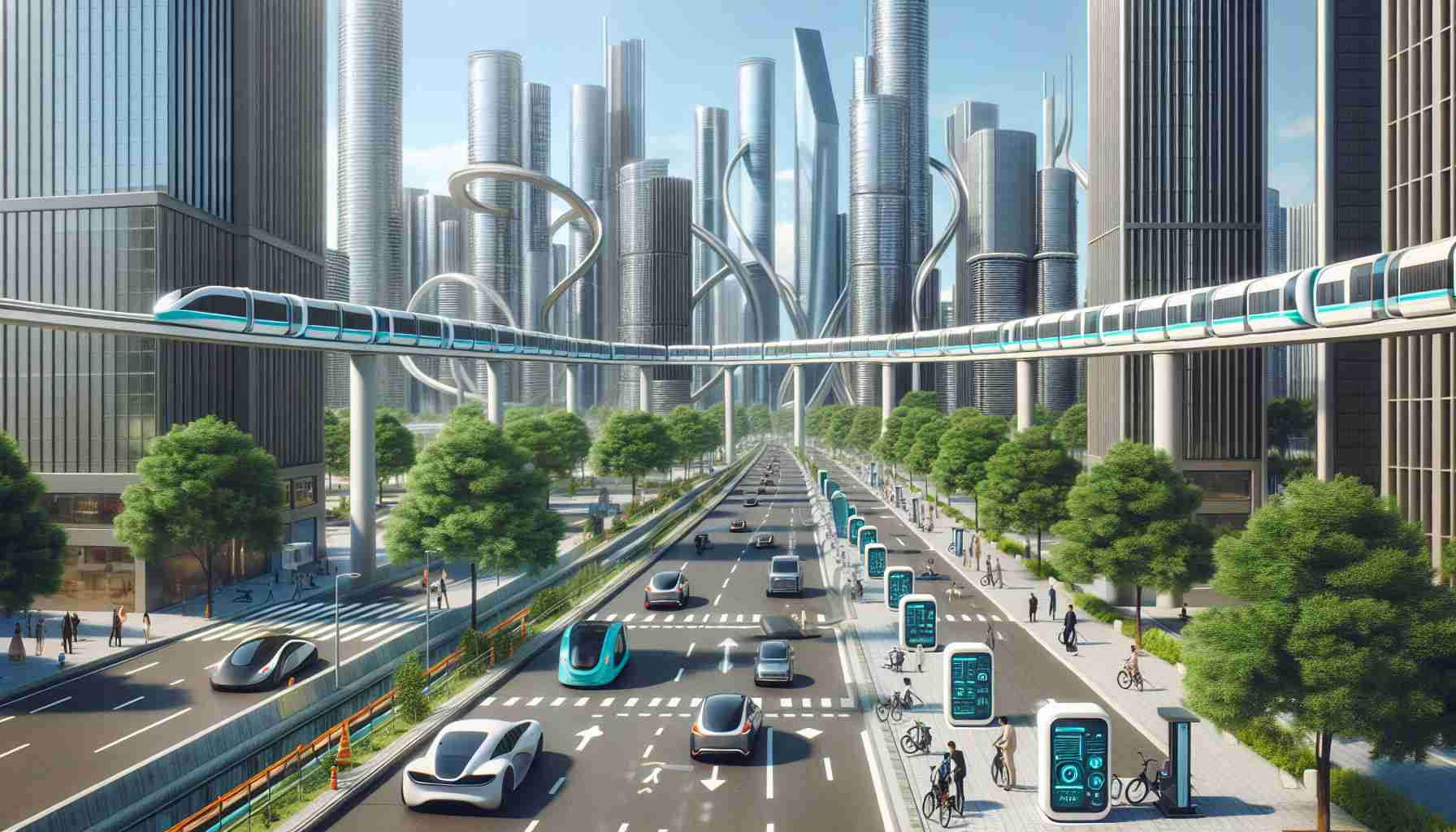Tesla Unveils Groundbreaking Urban Mobility Concept
In a bold move to revolutionize urban transportation, Tesla introduced a visionary urban mobility concept that breaks away from traditional taxi norms. Rather than the conventional idea of a multi-passenger vehicle, Tesla revealed an ultramodern, sleek two-seater urban vehicle at a highly anticipated event in Los Angeles. This cutting-edge design, named the Urbanite, challenges industry standards with its futuristic aesthetics and compact yet efficient structure.
Embracing Futuristic Trends
The Urbanite embodies Tesla’s commitment to innovation and sustainability, offering a glimpse into the future of urban mobility. With production slated to begin in 2026 at a price point below $30,000, Tesla aims to redefine the urban transportation landscape. Despite initial skepticism from analysts and investors, the Urbanite promises to cater to a niche clientele seeking a distinctive and eco-friendly commuting experience.
Outpacing Traditional Expectations
While critics question the practicality of a two-seater urban vehicle for everyday use, Tesla’s unconventional approach sparks dialogue on reimagining urban transportation. By prioritizing innovation over conformity, Tesla paves the way for alternative urban mobility solutions that prioritize sustainability and efficiency. The Urbanite may not fit the traditional mold of a taxi, but it sets a precedent for future urban mobility designs that prioritize style and functionality.
Seizing Future Opportunities
As Tesla ventures into uncharted territory with the Urbanite, the automotive industry awaits further developments in urban transportation. The Urbanite’s unique design and forward-thinking features position Tesla as a pioneer in shaping the future of urban mobility. By embracing innovation and pushing boundaries, Tesla sets a new standard for urban transportation that transcends conventional expectations.
New Heights in Urban Mobility: A Comprehensive Exploration
As the urban mobility landscape continues to evolve with groundbreaking innovations, several key questions arise to assess the impact and potential challenges associated with these advancements.
What key features differentiate the Urbanite concept from traditional urban vehicles?
The Urbanite concept introduced by Tesla not only challenges industry norms but also sets a new standard for urban transportation. Its ultramodern, two-seater design merges futuristic aesthetics with compact efficiency, catering to a niche clientele seeking a distinctive commuting experience. At a price point below $30,000 and slated for production in 2026, the Urbanite aims to redefine urban mobility by prioritizing sustainability and innovation.
What are the advantages and disadvantages of Tesla’s innovative approach to urban mobility?
Advantages of Tesla’s innovative approach include reduced environmental impact through eco-friendly design and a departure from conventional taxi models, offering a unique and stylish commuting option. Furthermore, the focus on efficiency and compactness may appeal to urban dwellers looking for convenient transportation solutions. However, challenges may arise regarding practicality for daily use, especially with a two-seater design that may limit passenger capacity. Additionally, the cost and maintenance of advanced features could present barriers to widespread adoption.
Key Challenges and Controversies
One of the primary challenges associated with revolutionary urban mobility concepts like the Urbanite is mainstream acceptance and integration into existing transportation infrastructure. Skepticism from analysts and investors regarding the practicality and market demand for such niche vehicles could hinder widespread adoption. Furthermore, ensuring regulatory compliance and addressing safety concerns in urban settings pose significant challenges for innovative urban mobility solutions.
Related Links:
Official Tesla Website



